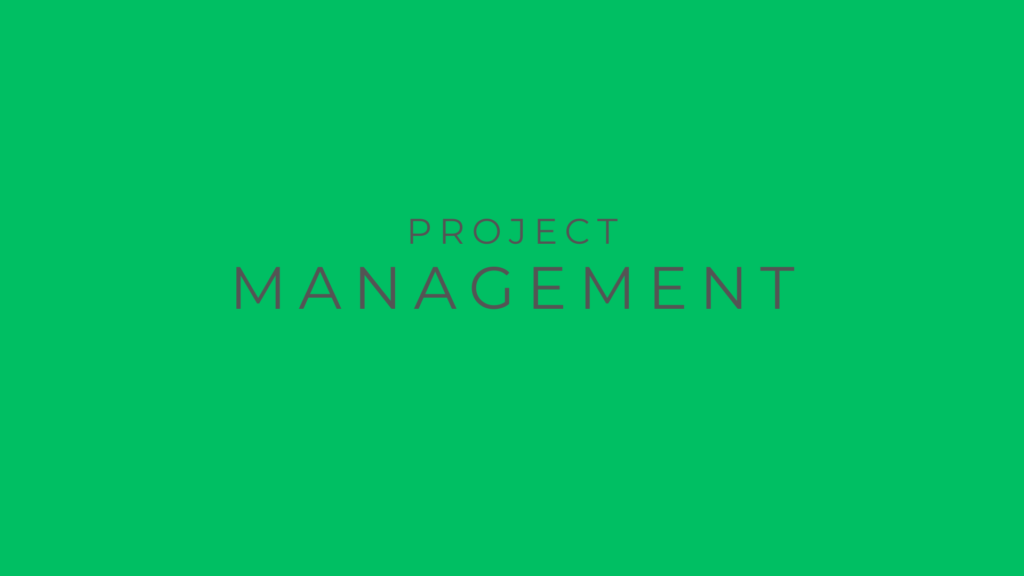
Process maps are invaluable tools for planning and managing projects efficiently. Integrating process mapping into your project management workflow can optimize workflows, boost team collaboration, and ensure projects stay on track. This article explores tips for leveraging process maps for enhanced project management.
Streamline Workflows with Process Mapping
A key benefit of process mapping is streamlining workflows by eliminating inefficiencies. Start with a process map template and begin mapping out current workflows—this allows you to visualize pain points and identify areas for improvement. Analyze where there is too much complexity or redundancy in processes. Are there any bottlenecks causing delays? Look for ways to simplify workflows and remove unnecessary steps.
Updating processes based on process map analysis prevents projects from going off the rails. Streamlined workflows mean projects run smoothly and on schedule. Share process maps with stakeholders so everyone understands optimal workflows.
Boost Team Collaboration
Process mapping promotes collaboration by getting everyone on the same page. Bring team members together to map out project workflows. This enables valuable discussion and input. Different people may currently perceive workflows differently. Developing unified process maps creates alignment.
Process maps also aid collaboration by designating ownership for each step. Seeing responsibilities mapped out makes handoffs and coordination clearer. This clarity helps teams work together seamlessly. Update process maps as needed to reflect new insights as the project progresses.
Track Project Progress
Incorporate process mapping into your workflow for tracking project performance. Turn static process maps into dynamic dashboards showing real-time progress. At a glance, managers can check what stage projects are in based on the process map and easily identify delays so proactive action can be taken to keep projects on schedule. Automated process mapping provides real-time project visibility without manual status updates.
Enhance Process Communication
Communicating processes effectively is critical for project success. Yet narratives or static flowcharts alone rarely paint the full picture. Process maps serve as powerful communication tools by visually representing how each step relates to the next.
Display process maps prominently in team spaces for easy reference. Have new team members review process maps when onboarding. Embed interactive process maps in internal wikis or project portals to provide easy access to the latest version. Taking advantage of process mapping as a dynamic communication device ensures optimal information flow.
Facilitate Continuous Improvement
A major perk of process mapping is enabling continuous improvement through ongoing iterations. Documenting workflows frequently exposes areas for optimization. Process mapping gives structure for brainstorming better approaches.
Use each completed project as an opportunity to refine workflows. Review process maps to identify where steps could have run more efficiently. Engage team members to solicit input on enhancements based on lessons learned. Updating process maps empowers teams to capitalize on new ideas.
Integrating process mapping throughout your project management workflow offers multiple benefits. It streamlines workflows, boosts teamwork, enhances communication, and enables continuous improvement. Adopting process mapping best practices will take your project management capabilities to the next level. Leverage user-friendly process mapping tools to maximize value. Process mapping helps project teams operate at peak efficiency.
